
Philosophy
In Patagonia, a “chacra” is a special piece of land destined to pomology. At the same time, chacras are vital energy centers that provide us with the ability to connect with the whole universe, with everything living and vibrating. In its nourishment, in the marriage with every meal, wine is the companion of pleasure and sensitivity. Wine is intimate and touches all our senses. Chacra aims to enhance that connection.
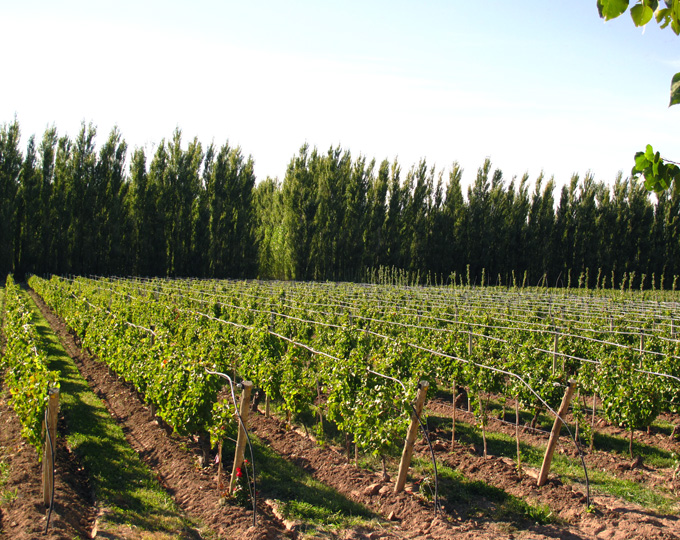
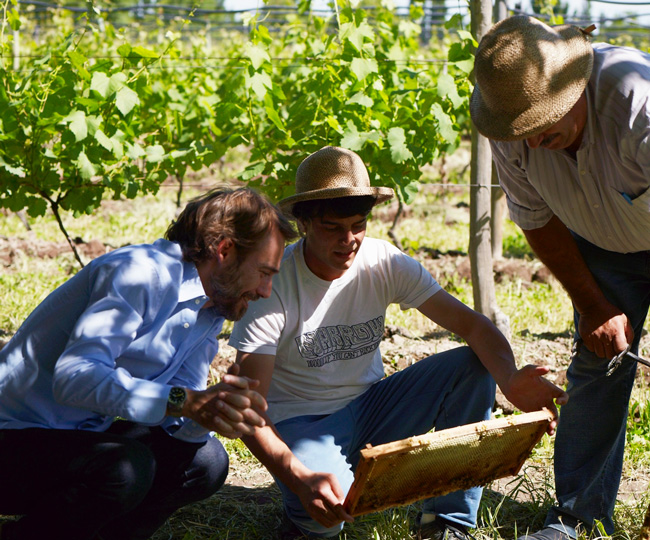
Respecting and enhancing the community of Chacra is of the utmost importance. We preserve ungrafted old vines, invest in apiculture, and organically and biodynamically farm. We see Chacra wines as a consequence of nature and a reflection of our true respect for the ecosystem.

Process
At Chacra, enology begins with the intrinsic value of a natural and meticulous maintenance of the vineyards following organic and biodynamic principles.
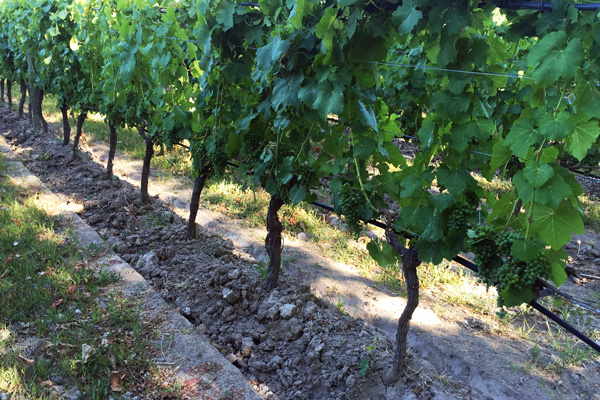
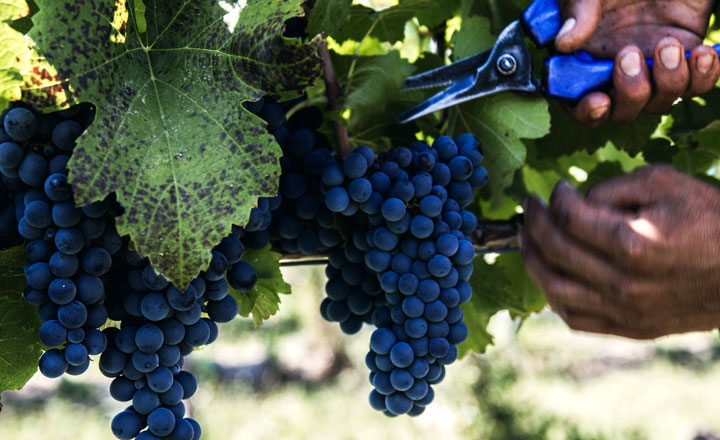
Harvests usually begin late February to early March. The old vineyard offers polyphenolic maturity and yields a very low natural performance as to the fruit load (1-1.5 kilos/plant). Consequently, these vineyards strike a perfect balance; the lower the yield, the higher the natural concentration of the berries, thus boosting the quality of the vineyards and bunches.
Once harvest begins, grapes are picked in the small hours arriving to the winery with the remaining hint of that distinctive Patagonian morning cold. Only the best bunches are picked; bunches that don’t reach our quality standard are left to feed the birds. At the winery, a second careful selection takes place where the best bunches are chosen to produce Chacra wines.
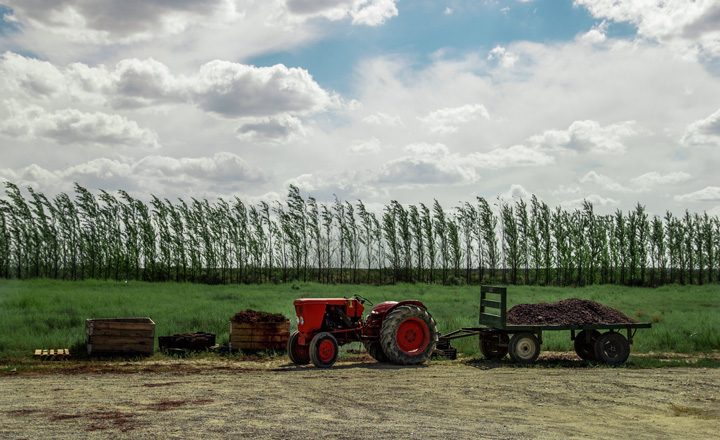
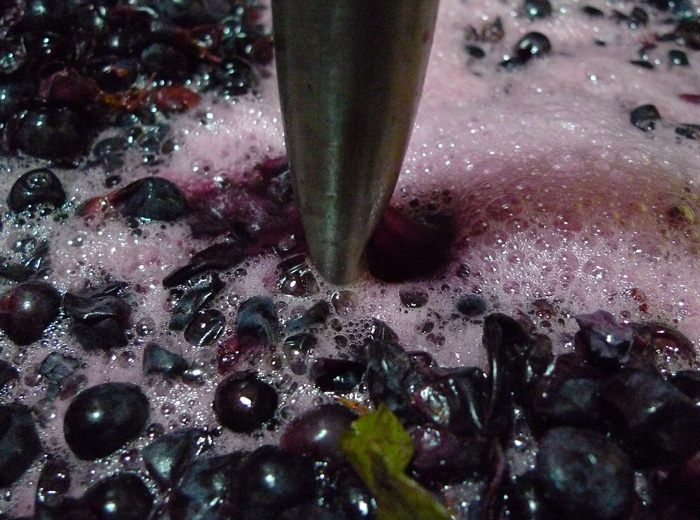
At the completion of selection, maceration and the beginning of fermentation are carried out in small, round tanks of little depth and great width to maximize skin contact with the must assuring both equilibrium and homogeney.
With regard to maceration, we work delicately and without excessive extraction, in order to obtain a balanced and elegant expression. Fermentation is made at temperatures below 20°C (68°F) with indigenous yeasts in small cement vats. Purification of the wines is made by natural decantation, without filters or other techniques, the intention being to preserve the products’ natural aromas.
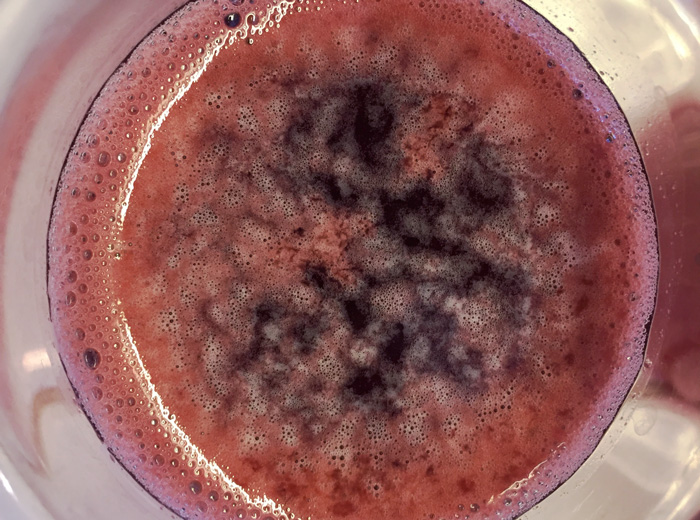
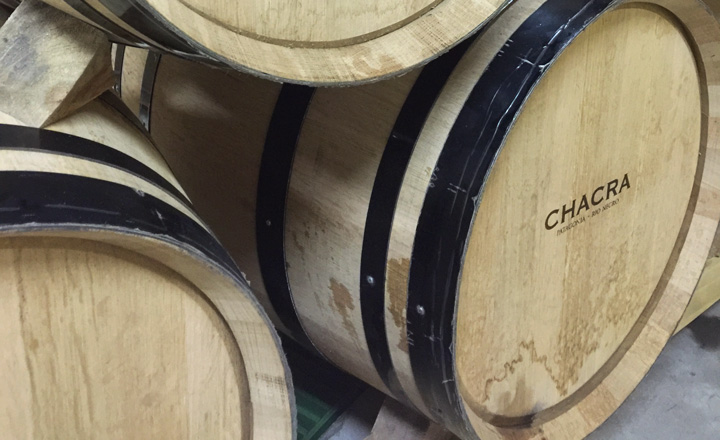
We use French oak, extra fine grain barrels, which are dry aged for thirty six months. 32 and 55 and Sin Azufre are aged in barrels of second wine.

Biodynamics
View our 2022-2023 biodynamic certificateTreating vineyards with the utmost respect is the fundamental tenant in our winery. While treating our vineyards organically (certified), we have also undertaken the sensible reasoning that all things we take from the natural habitat deserve a reward, proof of our gratitude. We strongly believe that only a natural habitat can grow distinctive wines; simple wine cultivation that seeks to sustain and support the microcosm of a region; a sustainable form of wine-making that can persist in perfect harmony with the natural environment.
At Chacra, compost is made with fruit skins, autumn leaves and natural guano from the animals in the estate. Biodynamic preparations are also added to the compost, containing microorganisms that naturally enrich the vineyards.
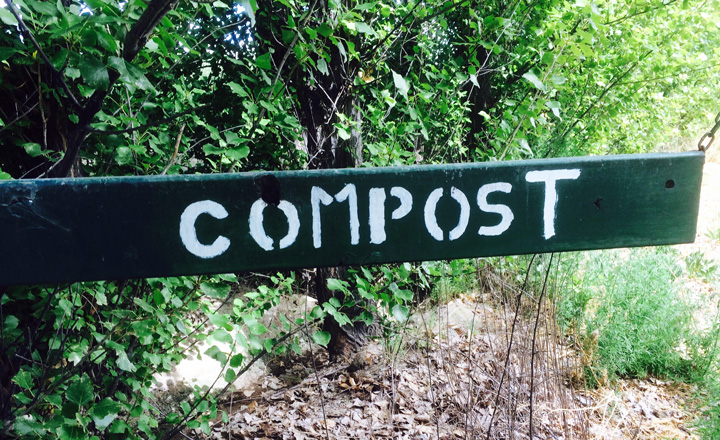
Various microbiological preparations are used to nourish the vineyard naturally. These are some of the most prominent preparations that we make at Chacra ourselves to further contribute to a natural preparation of our wines:
BD 500 - Horn Manure Preparation
It is made by filling a horn of a lactating cow with dung from the same animal. The horn is buried in autumn in the top layer of soil with its tip upwards, and left for six months. The preparation increases soil bacteria, funghi and earthworm activity and strengthens humus formation and root growth.
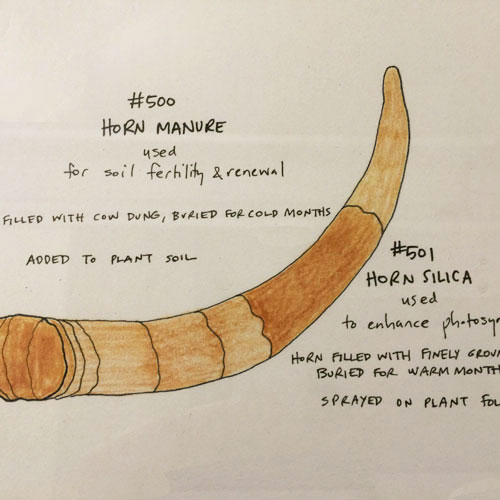
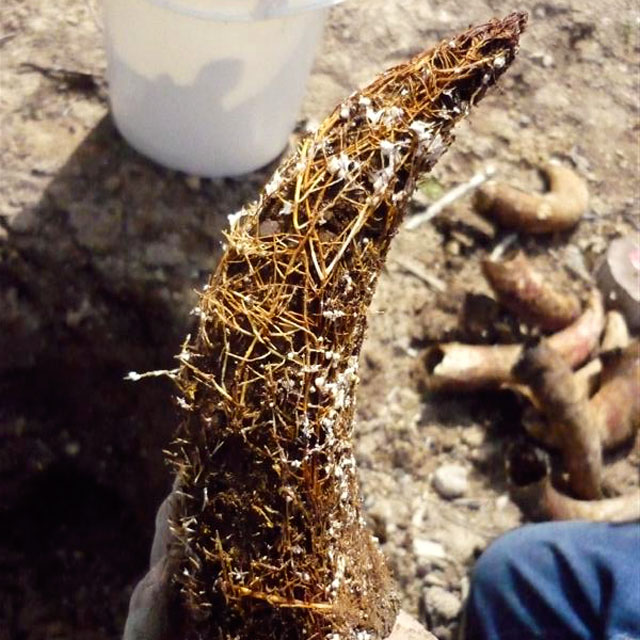
BD 501 - Horn Silica Preparation
This spray is made with clear quartz crystal, which is ground into a very fine powder and then mixed with pure water, such as rainwater. The mixture is buried in a cow horn, the process being similar to that of preparation BD 500, but for that it is buried during the hot seasons, and applied both during the growing season and before harvest. This preparation promotes plant vigor and overall development, thus improving the quality of fruit skins.
BD 502 - Yarrow Preparation
A stag’s bladder is stuffed with destemmed yarrow flowers, and left hanging under the sun during summer. The preparation is then buried during winter. Its use results in the mobilization of sulfur and potassium in the soil.
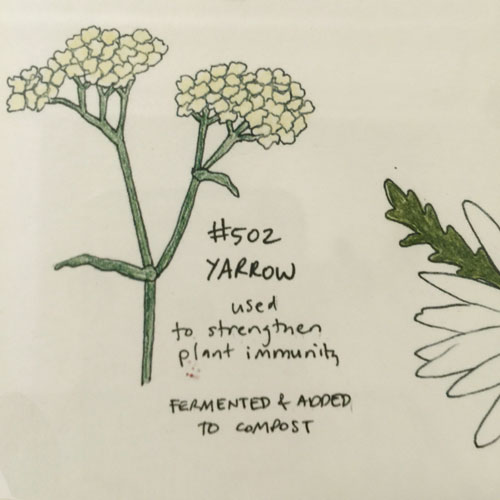
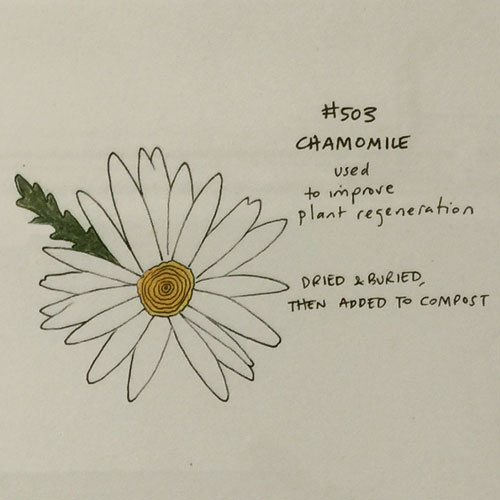
BD 503 - German Chamomile Preparation
Young flowers must be left to dry under indirect sunlight, after which they are used to stuff a cow’s fresh intestines. The preparation is then buried in autumn for six months. Its use improves calcium metabolism and regulates nitrogen processes.
BD 504 - Stinging Nestle Preparation
Plants must be picked right before blooming to be dried and stored in earthenware pots, which must be buried for a whole year during autumn. This preparation helps the assimilation of iron and magnesium.
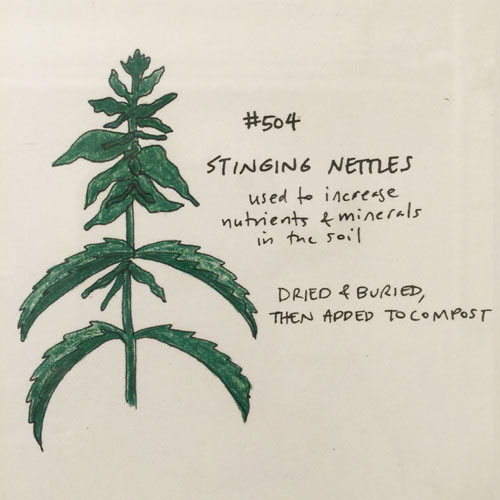
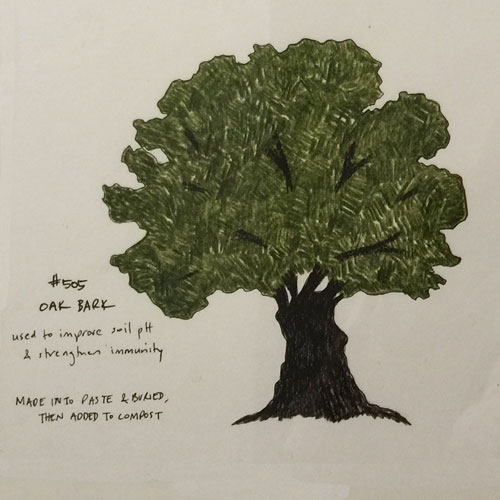
BD 505 - Oak Bark Preparation
The brain cavity of a cow’s skull is emptied and flushed, to be filled with freshly grated and sieved oak bark. Next, the preparation is buried in autumn and left for six months, after which its finely distributed calcium helps to strengthen plant defenses against diseases.
BD 506 - Dandelion Preparation
A cow’s mesentery, once cleaned by cutting off as much fat as possible, is filled with the flowers. The end must be folded like a parcel and sewn tightly together. The preparation is then buried in autumn on a descending moon. It is widely used to help silicic acid processes.
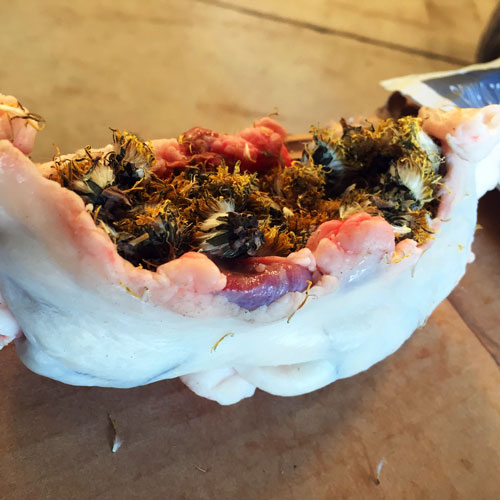
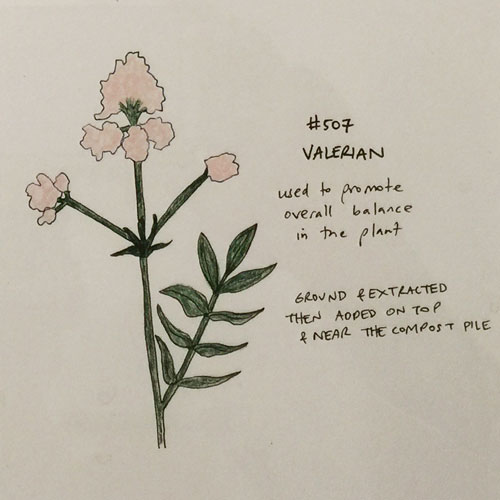
BD 507 - Valerian Preparation
A liquid preparation, by which the flowers are grinded and diluted into rainwater. The mixture is left under the sun for a week and then strained. Its use helps mobilizing phosphorous and acts as a protection layer.
BD 508 - Equisetum Preparation
Equisetum flowers are harvested during springtime and dried. A tea is prepared afterwards, and sprinkled in order to bring protection against fungus diseases, most likely at a full moon.
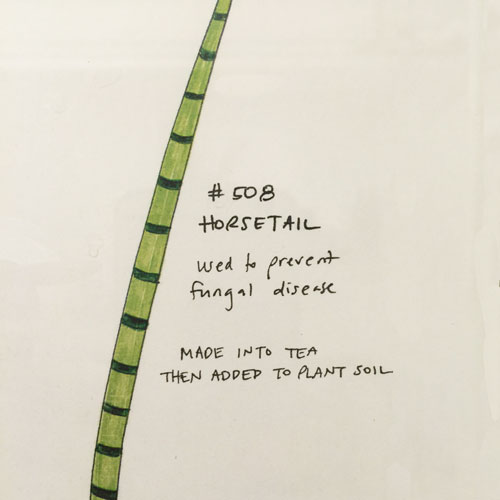
People
Chacra was founded in 2003 by Piero Incisa della Rocchetta.
At a wine tasting in New York City, Piero discovered a pinot noir that brought his attention to the Río Negro region of Patagonia, Argentina. After his first visit, he knew this would be the home of his new passion.
The quest for a unique terroir was over: with ungrafted vines dating back to 1932, planted by massale selection, with grapes of immense quality, vibrant luminosity, pure water, strong winds, Mainqué had the potential to make the wines of which he dreamed. Here, Piero could make wines that could truly convey the taste of “a place on the planet.”
Later, what began as a conversation between friends, has turned into a partnership with
esteemed Burgundian Chardonnay producer Jean-Marc Roulot joining Piero in Patagonia in planting, farming, and vinification of Chardonnay at Chacra. This newest chapter in Chacra’s story is more than just an expansion of a winery or the productions of new wines, it is a story of a friendship.
Piero is the grandson of Marchese Mario Incisa della Rocchetta, creator of Sassicaia. His grandfather embued in Piero an understanding of fine wines and a respect for and responsibility to nature. He implemented sustainable farming and nature preservation in Bolgheri and was the author of numerous books on the subject. Piero’s beloved memories of childhood - nature, vineyards, family meals - certainly molded him. Marchese Mario Incisa della Rocchetta serves as a mentor and example to Piero.













